27 Jun
Make your own soup stock (Vegan)
So many recipes call for soup stock and the store-bought kind is boring and sodium-tastic. Make your own! It’s easy and it will make all of your recipes vastly more delicious. The trick is just to try new things, remember what works, write it down, and pair it wisely with the other ingredients in the dish you are cooking. More on that in a moment. First, how to make a stock:
- Put a lot of water in a large pot
- Bring the water to a boil
- Throw in a lot of vegetables, scraps of vegetables, and/or their parts. For instance, corn cobs & onion skins are great in stocks, in case you didn’t know. So you don’t need to do a lot of cutting or peeling or prepping. Just chop things roughly, enough so that they fit in the pot and have exposed parts through which to leak their juices
- Simmer everything for about an hour or so
- Add salt and pepper while simmering, to taste
When the stock is done, allow to cool and then pour through a strainer to separate the vegetable parts from the stock. This will probably require doing it in batches. Discard the vegetables and refrigerate or freeze the stock until it’s ready for use.
What kind of vegetables can go in a stock? Pretty much anything you want, though some veggies are more reliable than others. Some general guidelines:
#1 – Follow the rules of compost: No citrus. No fats. Nothing diseased or spoiled.
Whenever possible, use onion, celery, carrots, thyme and garlic. As much or as little of any of these, but some combination thereof. For the garlic, just smash the clove, no need to peel or press it. I take a blunt object and crack it a couple of times. I usually throw in 4 large cloves per 5 qt stockpot.
Other strong contributors to stock excellence include: potatoes (any variety), brussel sprouts, spinach, lettuce, cabbage, tomatoes, beets, parsley, corn, parsnips, mushrooms, zucchini, and … ??? Totally up to you and what you’re willing to experiment with.
Now. As for the pairing of stock with recipe. Basically I just taste it and imagine what it would complement. It’s not hard. It may seem weird, and some of you who are sensory-challenged may be fearful, but trust me. You really can tell by the taste of a stock what its purpose in life is. And most of the time, stock is so mild, all it can do is enhance, not detract. Just be mindful of the ingredients you’re dealing with, and I am confident you’ll be happy with your results.
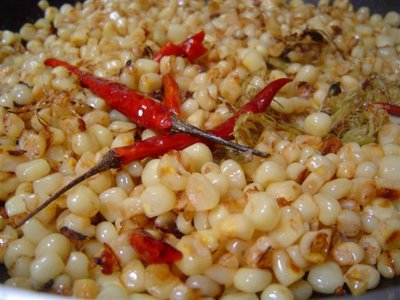
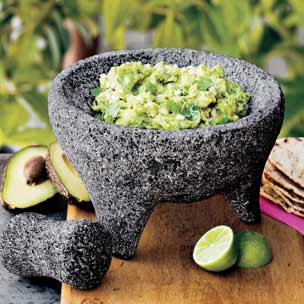


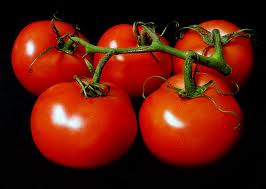
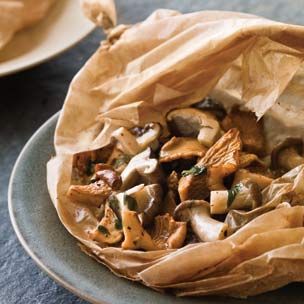
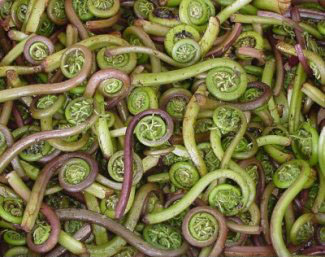

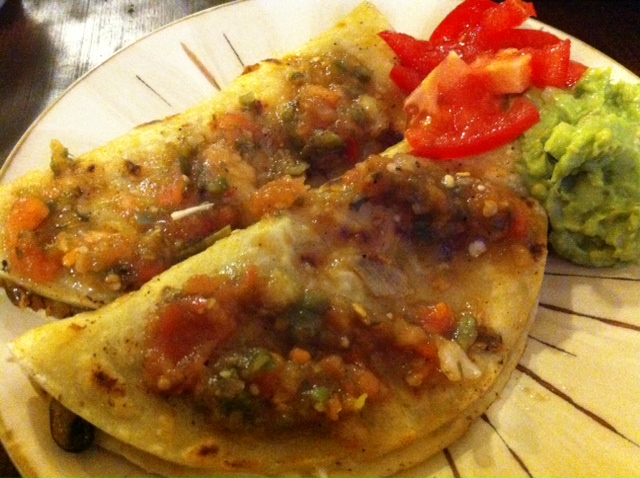


Recent Comments